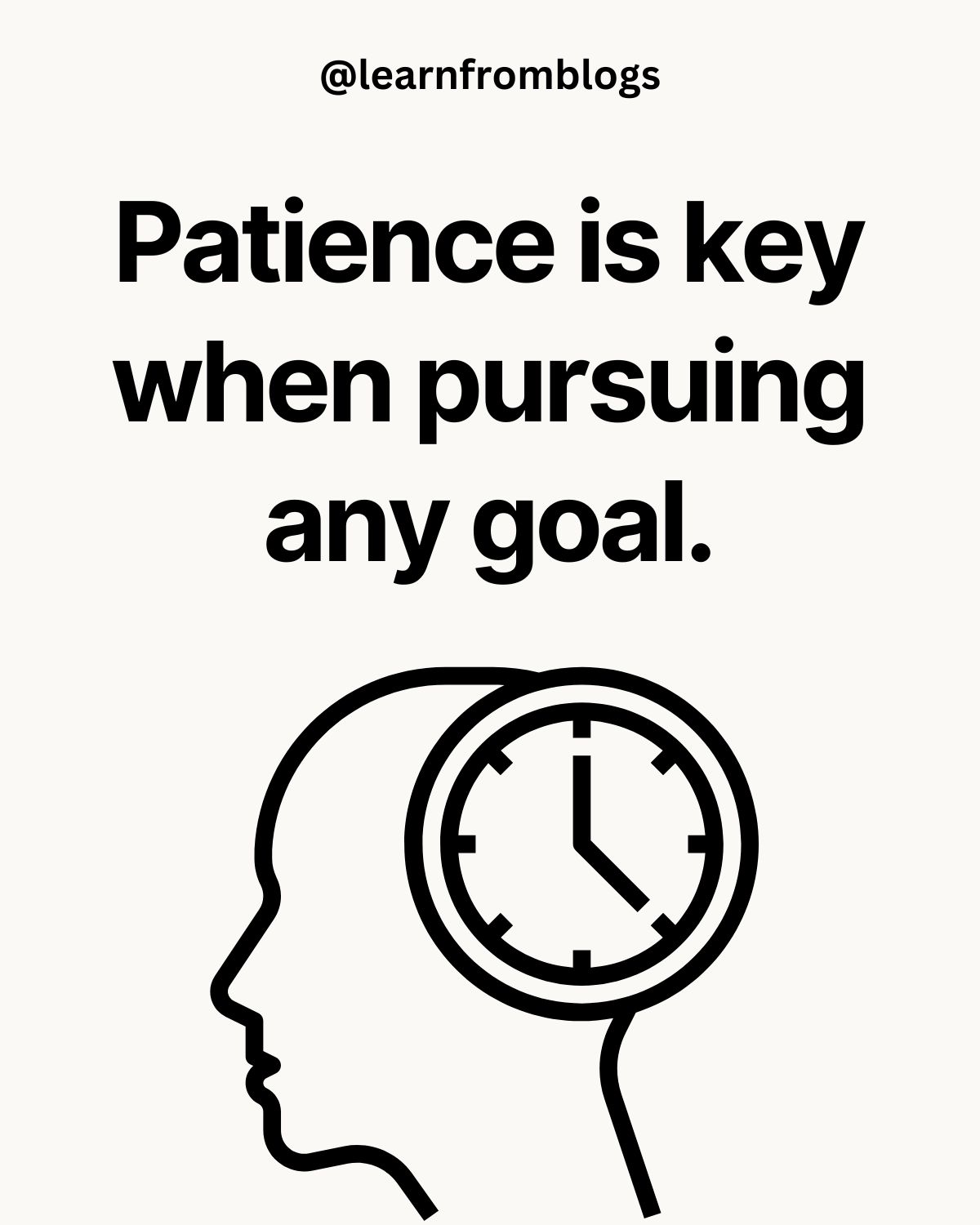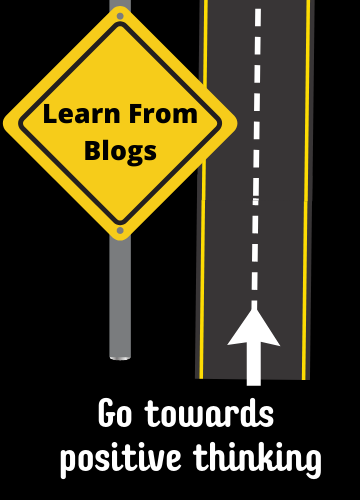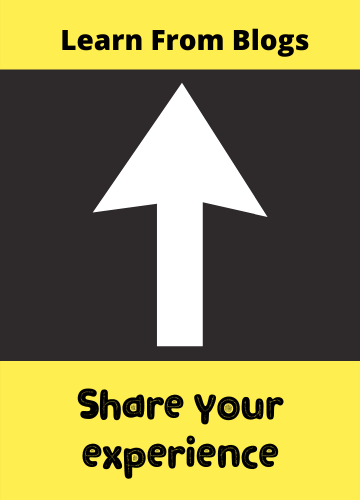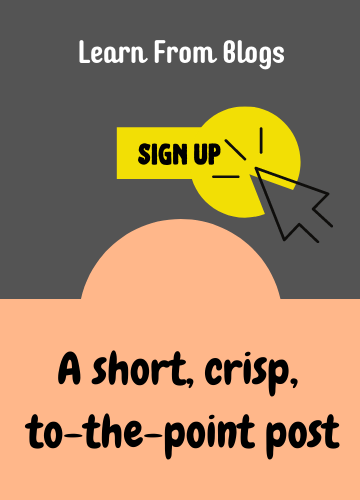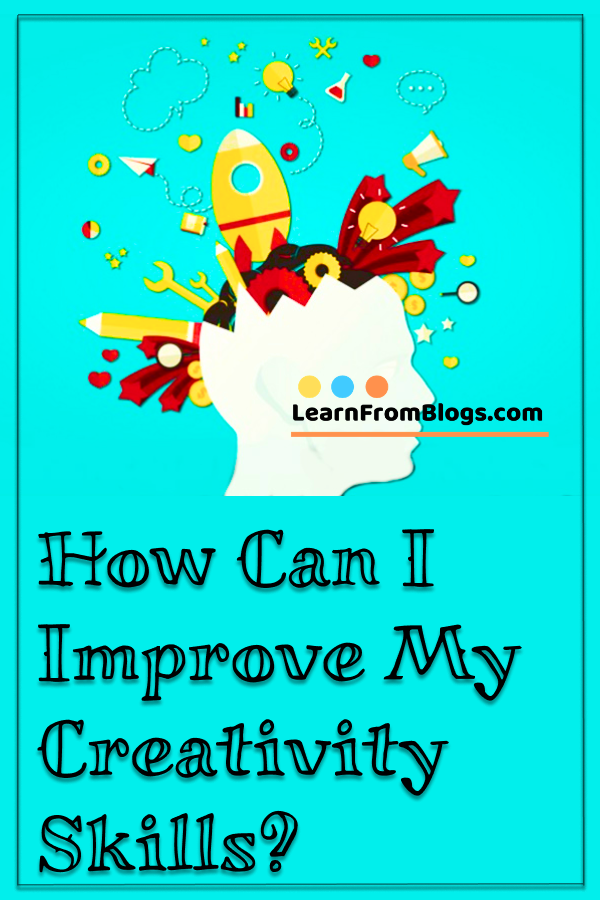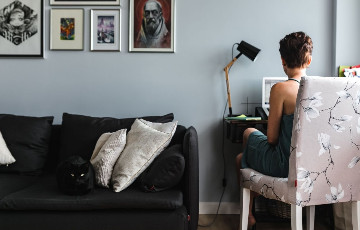
Graphic Design
1. Aisle One: An inspirational resource focused on graphic design, typography, grid systems, minimalism and modernism. I love the simplicity of this blog and the things they share are very inspiring.
2. Shillington Design Blog: Brought to you by the people at Shillington, an international graphic design college with campuses in the UK, America and Australia, this blog is full of inspiring work, industry insights and people.
3. Abduzeedo: A successful and well-known popular blog about design, including plenty of inspiration and tutorials to support other creatives.
4. MIRADOR: Mirador is the image hunting work of Say What Studio, graphic design duo based in Paris, France. They curate the most inspirational works out there and share them through this collection of projects.
5. I Love Typography: Just want to pour over fonts and drool at typography? Check out this popular blog showing off all the latest typefaces.
6. Logo Design Love: Stuck on a logo? Want some inspiration to help you out? Check out this blog, showing lots of different logos from around the globe.
7. We Made This: We Made This is brought to you by graphic designer Alistair Hall, sharing other people's inspiring work. Beautifully designed and always refreshing.
8. Graphic Exchange: Fabien Barral is a happy graphic designer whose innovative and unique designs attract clients from around the world.
9. The Design Blog: Founded, designed and curated by Ena Baćanović - a designer based in Zagreb - Croatia, The Design Blog brings you carefully picked high-quality inspiration, featuring works of designers and design studios from all over the world.
10. It's Nice That: Goes without saying really. It's Nice That is one of the best blogs on the web for graphic design.
Have you ever thought, how you can deliver an effective presentation or speech? If “Yes,” then this article is for you because you will know about public speaking and ways to improve public speaking skills.
Public Speaking
Public Speaking is an art to speak to a live audience. To put it simply are the skills that are required when you want to give a speech or presentation to a live audience.
Ways to Improve Public Speaking Skills
1. Take Your Time: Take time to go through all the materials and practice it at least once.
2. Remain Relaxed: Being relaxed can make your communication better, as a result, the audience will listen to you more closely.
3. Eye Contact: Keep making eye contact with the audience, it will attract their attention, and they will focus.
4. Keep It Short: If you keep going non-stop, then your audience will eventually get bored and stop listening to you, so keep it short with little pauses.
5. Interacting: Interact with your audience by asking questions and letting them answer or vice versa.
6. Use Gestures: Using gestures while speaking can not only helpful in conveying your message, but it also improves your confidence.
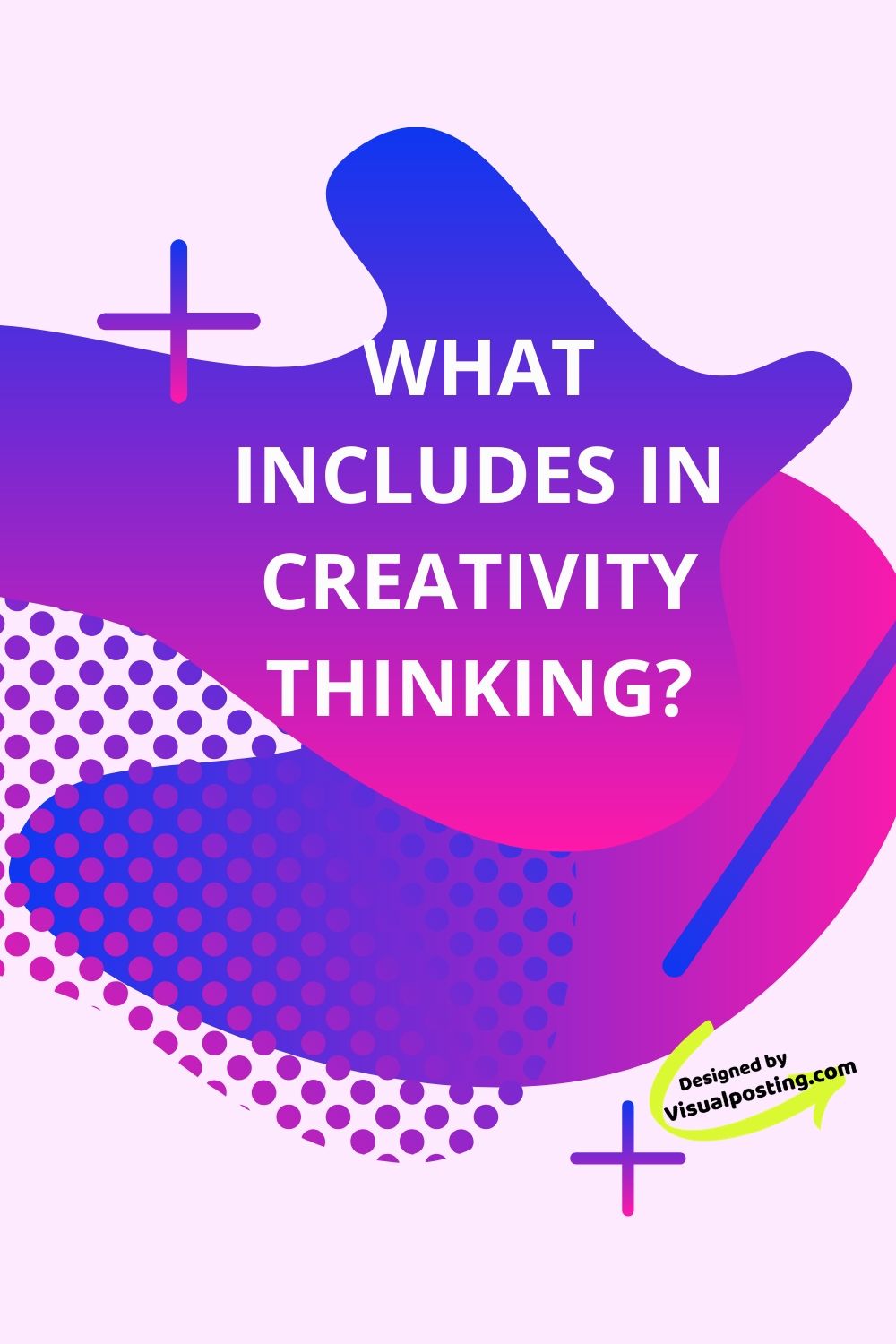
Creative thinking is all about freshly solving the problems. It also includes a creative way of speaking, writing, drawing, etc. It has become necessary for every person to develop a skill of creativity as it has become necessary for every stage of life, job, and many more. The increasing demand for creative people has increased so it is very important to boost our creative mind and learn some basic things which will help us.
Here are some tips which will make you creative in less time.
• Wake up early.
• Read books.
• Socialize yourself.
• Eat healthy.
• Meditate.
• Increase your observing skills.
• Find some inspiration.
• Try to learn new things.
These are some easy techniques that will help you to boost your creativity. Practice them all and observe the results within 10 days.

There are many basic things which can help you to be creative. So rather than having complex solutions; check out some new easy methods which can boost your creativity.
Here are some of them:
• Observe. Creativity comes through watching something new and our illustrations. To increase your creativity you need to start observing large to minute things.
• Socialize outside. Sharing our ideas can make you think even more. New ideas from our friends can also increase your creativity by simply thinking over it.
• Read more books. Books are the source of knowledge. Receive more knowledge and you will find something creative which can help you boost your creative mind.
• Meditate. Meditation increases your peace of mind. When your mind gets refreshed and gets some rest then your brain starts to function more.
These tips will help you to increase your creativity.
"The road to success and the road to failure are almost exactly the same." -- Colin R. Davis
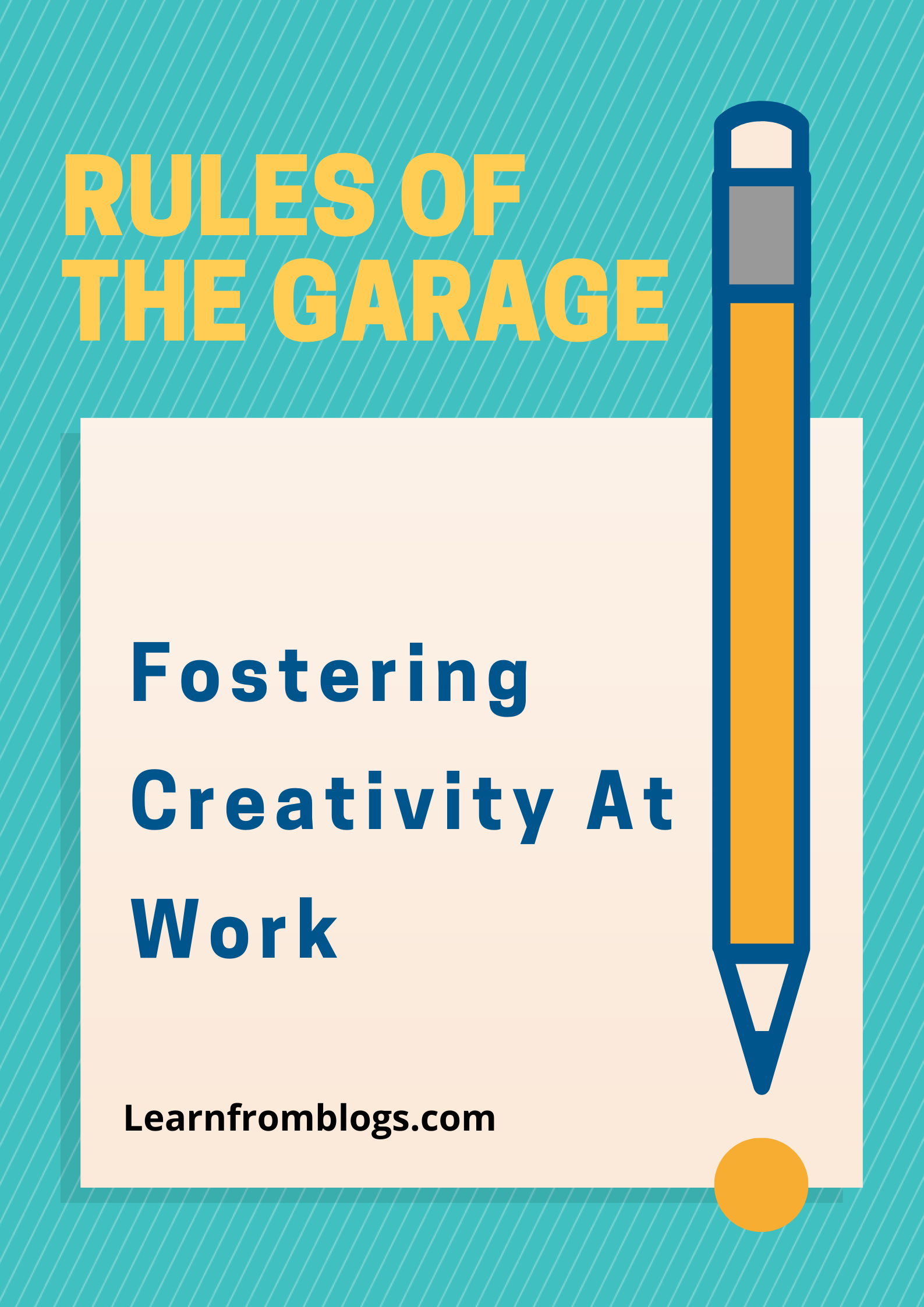
Follow these simple rules and you will foster a culture of creativity and innovation: These were defined by HP, which in fact started in a garage.
Believe you can change the world.
Work quickly, keep the tools unlocked, work whenever.
Know when to work alone and when to work together.
Share – tools, ideas. Trust your colleagues.
No politics. No bureaucracy.
The customer defines a job well done.
Radical ideas are not bad ideas.
Invent different ways of working.
Make a contribution every day. If it doesn’t contribute, it doesn’t leave the garage.
Believe that together we can do anything.
Invent.
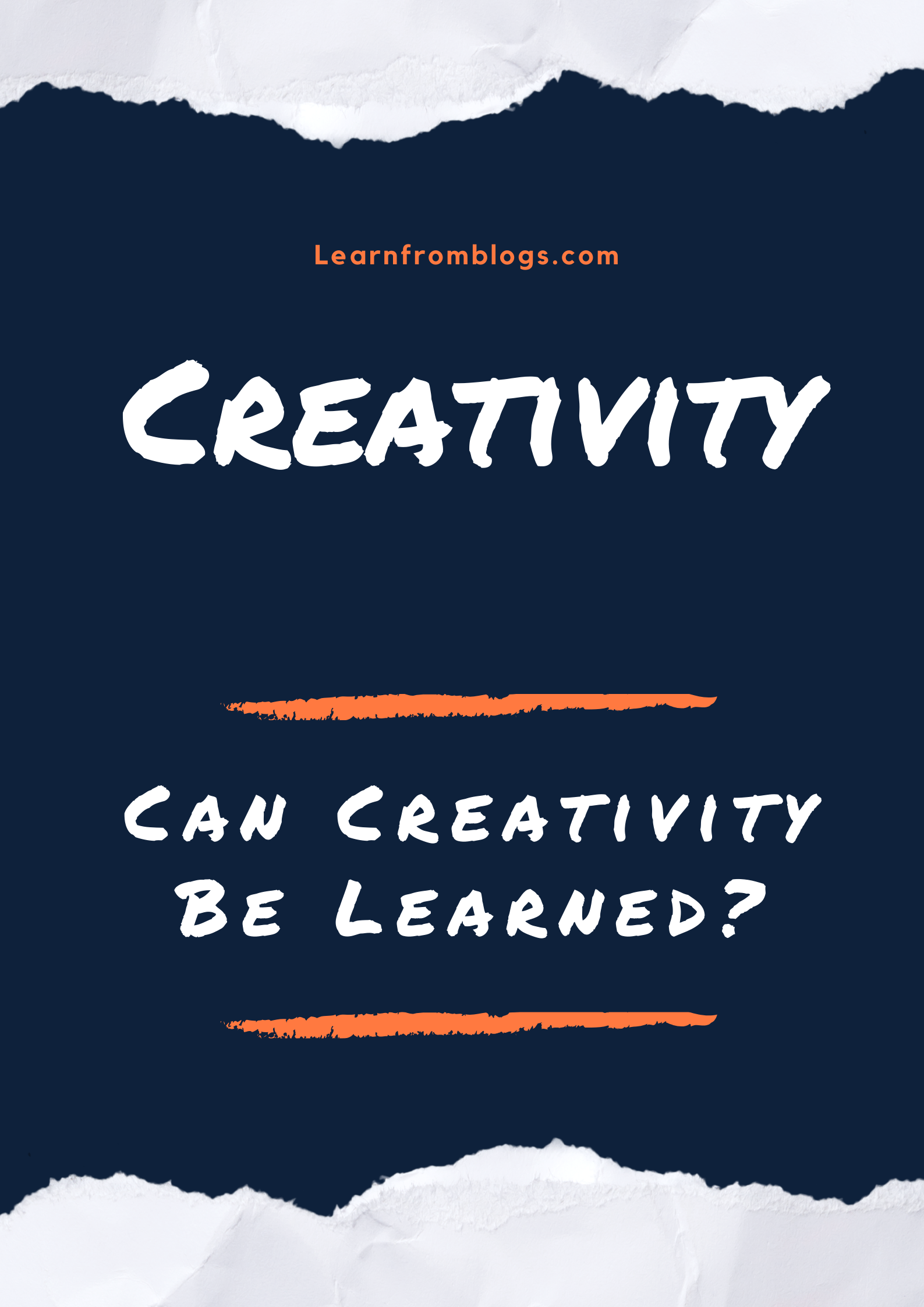
The short answer is yes. We are naturally creative and as we grow up we learn to be uncreative. Creativity is a skill that can be developed and a process that can be managed.
Creativity begins with a foundation of knowledge, learning a discipline, and mastering a way of thinking. You can learn to be creative by experimenting, exploring, questioning assumptions, using imagination and synthesizing information. Learning to be creative is akin to learning a sport. It requires practice to develop the right muscles and a supportive environment in which to flourish.
Your ability to generate innovative ideas is not merely a function of the mind, but also a function of five key behaviors that optimize your brain for discovery:
- Associating: drawing connections between questions, problems, or ideas from unrelated fields
- Questioning: posing queries that challenge common wisdom
- Observing: scrutinizing the behavior of customers, suppliers, and competitors to identify new ways of doing things
- Networking: meeting people with different ideas and perspectives
- Experimenting: constructing interactive experiences and provoking unorthodox responses to see what insights emerge
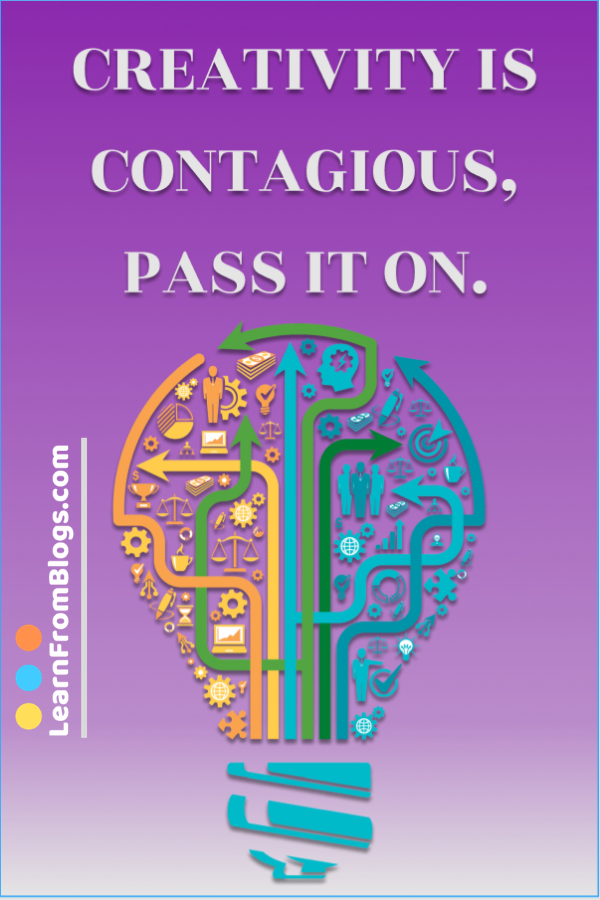
1. Breakaway from your routine: Discover fresh perspectives.
2. Listen to music: Think Mozart, according to Albert Einstein.
3. Recharge your batteries: Get enough rest and relaxation
4. Fuel your creativity with antioxidants: Add veggoes, fish, grains, and nuts to your daily mix.
5. Carry a journal and pen: Be ready for when ideas strike.
6. Schedule time for creativity: Remove distractions and allow for free-thinking.
7. Giggle, laugh, guffaw: A positive mood has been shown to boost brain activity.
8. Think outside the cubicle: Stimulate your brain by doing puzzles.
9. Brainstorm without judgment: Refine ideas later.
10. Engage in out of the box thinking: Approach obstacles as opportunities.
11. Read and then read some more: Newer stops learning.
12. Drink a cup of coffee: Caffeine can provide both a creative boost and antioxidants
13. Challenge assumptions: Don't be afraid to be curious or ask questions.
14. Promote long term brain health: Include Omega 3 fatty acids in your diet.
15. Get out of your comfort zone: Make creativity part of your daily routine
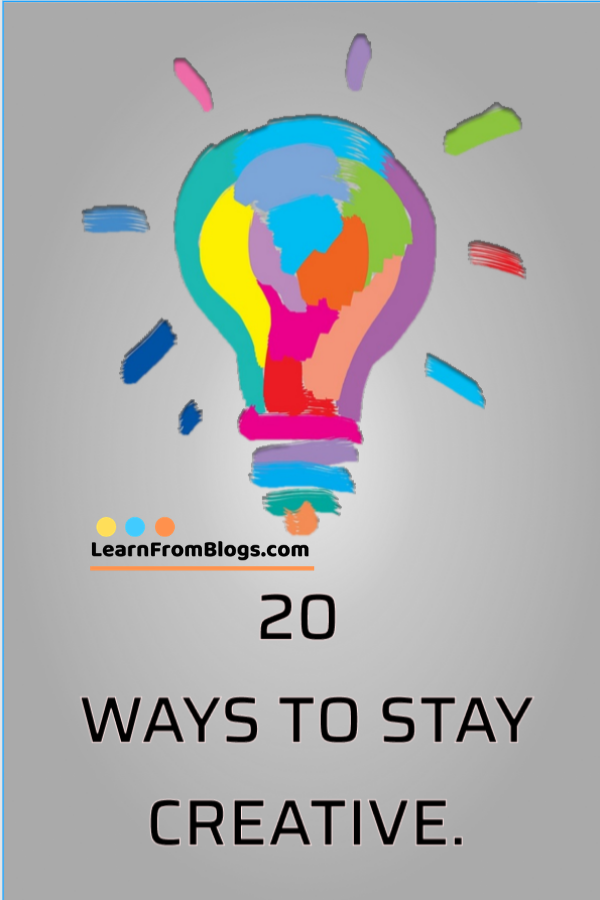
1.) Experiment
2.) Break your routine
3.) Get a new hobby
4.) Challenge yourself
5.) Get feedback from friends and family
6.) Mediate
7.) Travel
8.) Collaborate with others
9.) Sketch something
10.) Create an inspiration board
11.) Listen to music
12.) Take risks
13.) Write stuff down
14.) Love what you do
15.) Follow your passion
16.) Ask questions and clear your doubts
17.) Be curious
18.) Stop comparing yourself to others
19.) Read and watch motivational speeches
20.) Be around creative people
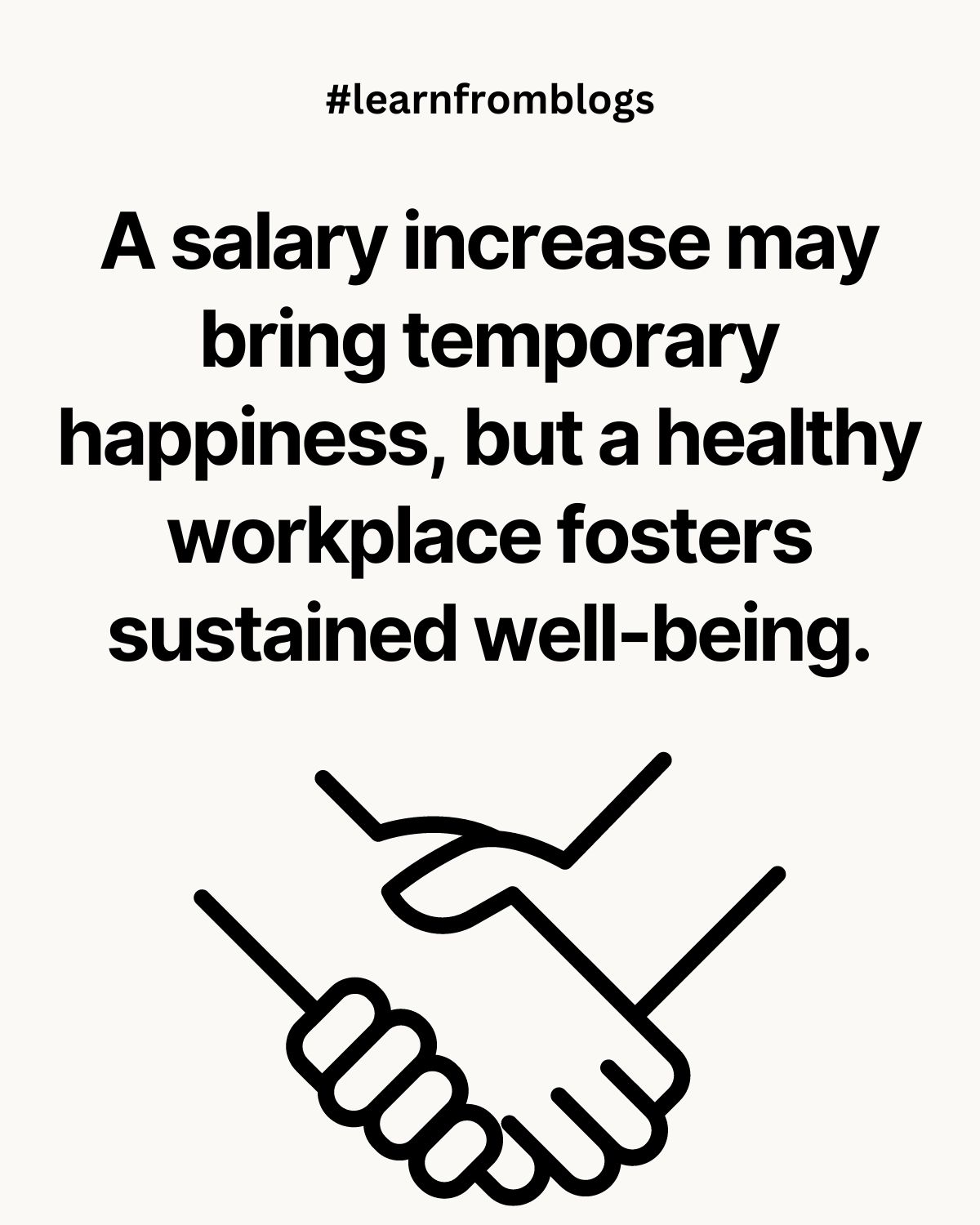
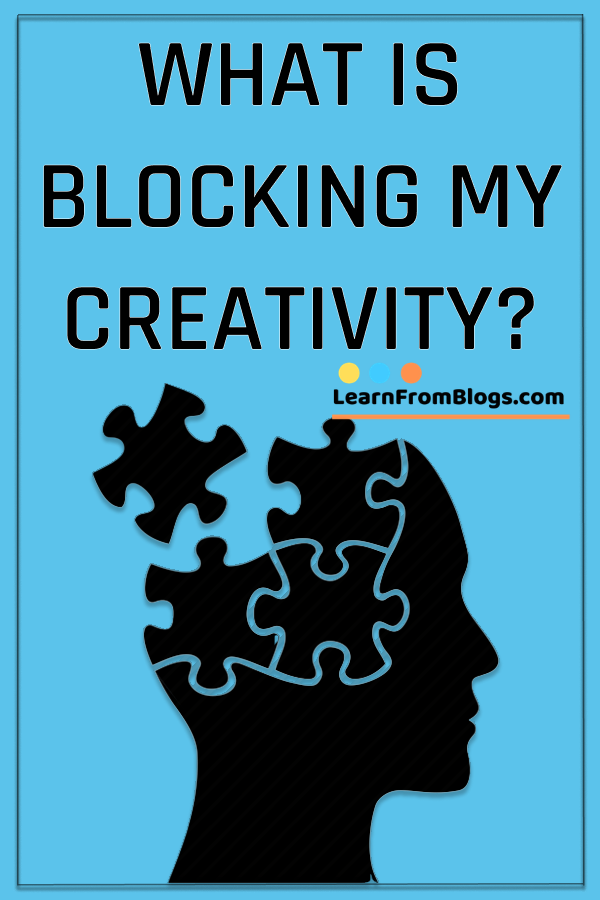
Creative blocks, or obstacles that hinder inspiration, manifest as an inability to tap into one's internal creativity.
Professions rooted in creativity, such as writers, musicians, performers, and artists, often grapple with these blocks, enduring their persistence over days, weeks, months, or even years.
These blocks can affect individuals from any background and for various reasons, some of which include:
Lack of expertise and feeling unprepared.
Self-doubt and a lack of trust in one's abilities.
Inconvenient timing for creative endeavors.
Paralysis from overanalyzing the situation.
Feeling overwhelmed by the creative process.
Fear of failure hinders creative expression.
Uncertainty and a sense of not knowing the next step.
Dwelling on the past, impeding the flow of creative energy in the present.
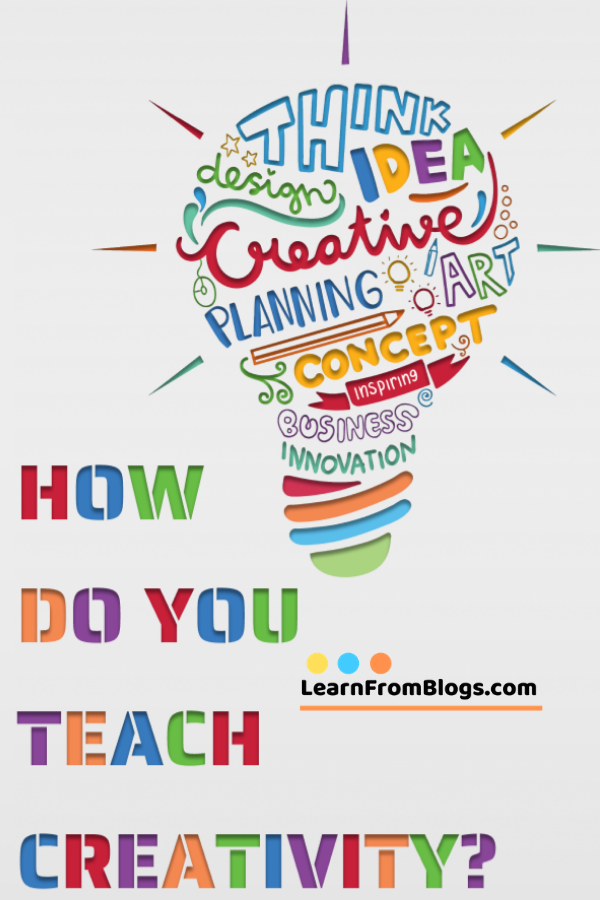
9 ways to teach creativity
1. Reserve time to write
2. Participate in five minutes of mindfulness every day
3. Develop brainstorming sessions
4. Use gamification to encourage participation.
5. Promote risk-taking
6. Leave the classroom more frequently.
7. Allow students to teach
8. Use visual aids
9. Encourage questions
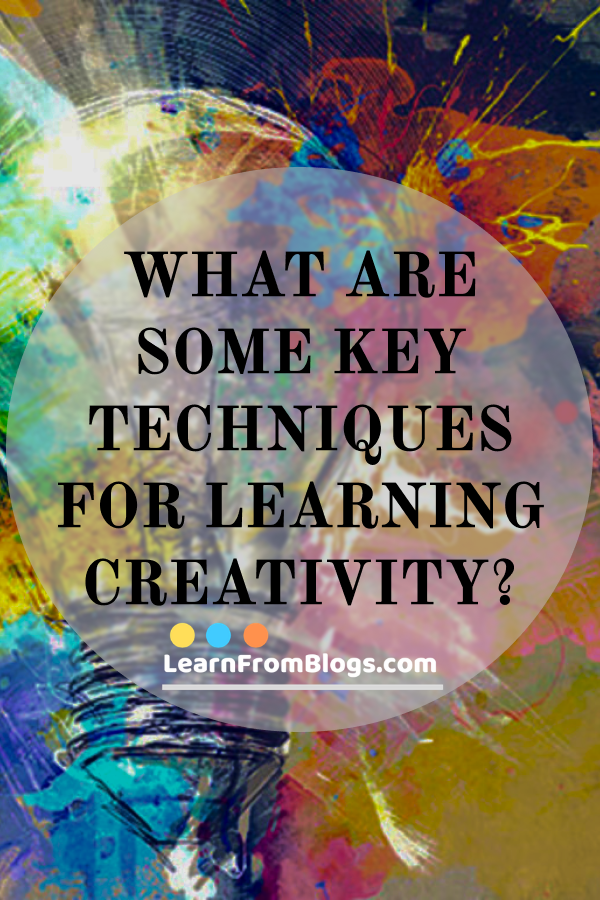
9 key techniques for learning creativity
1. Brainstorming: Probably one of the most popular creative techniques
2. Rain of negative ideas
3. Game Insights
4. Humor tables
5. Random Words (Random Value)
6. Storyboarding
7. Metaphorical thinking
8. Mental Mapping
9. Brain changer
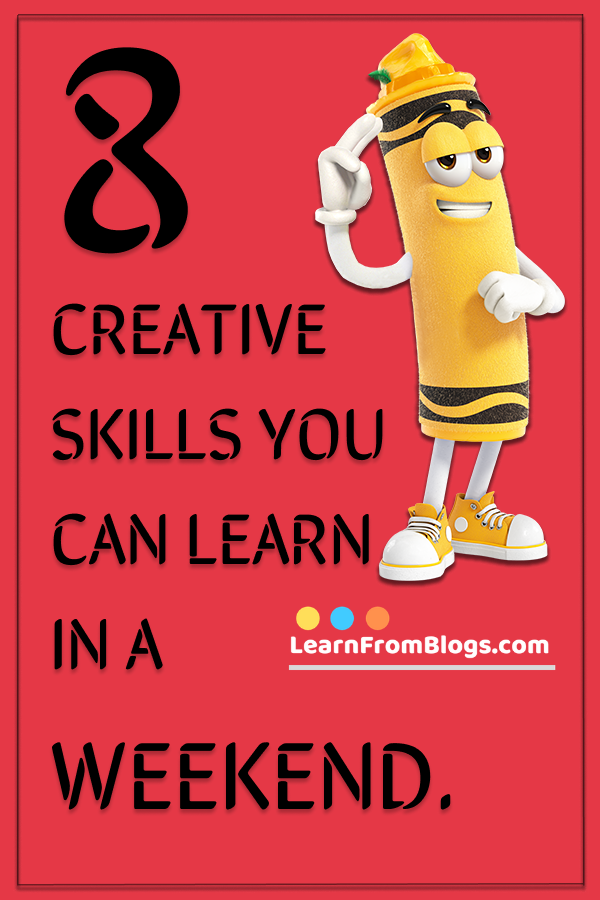
All these creative skills you can learn whenever you have time
1. Fashion illustration
2. Papercraft
3. embroidery
4. Designing your own font
5. Lettering and calligraphy
6. Succulent gardening
7. Knitting
8. Watercolor painting
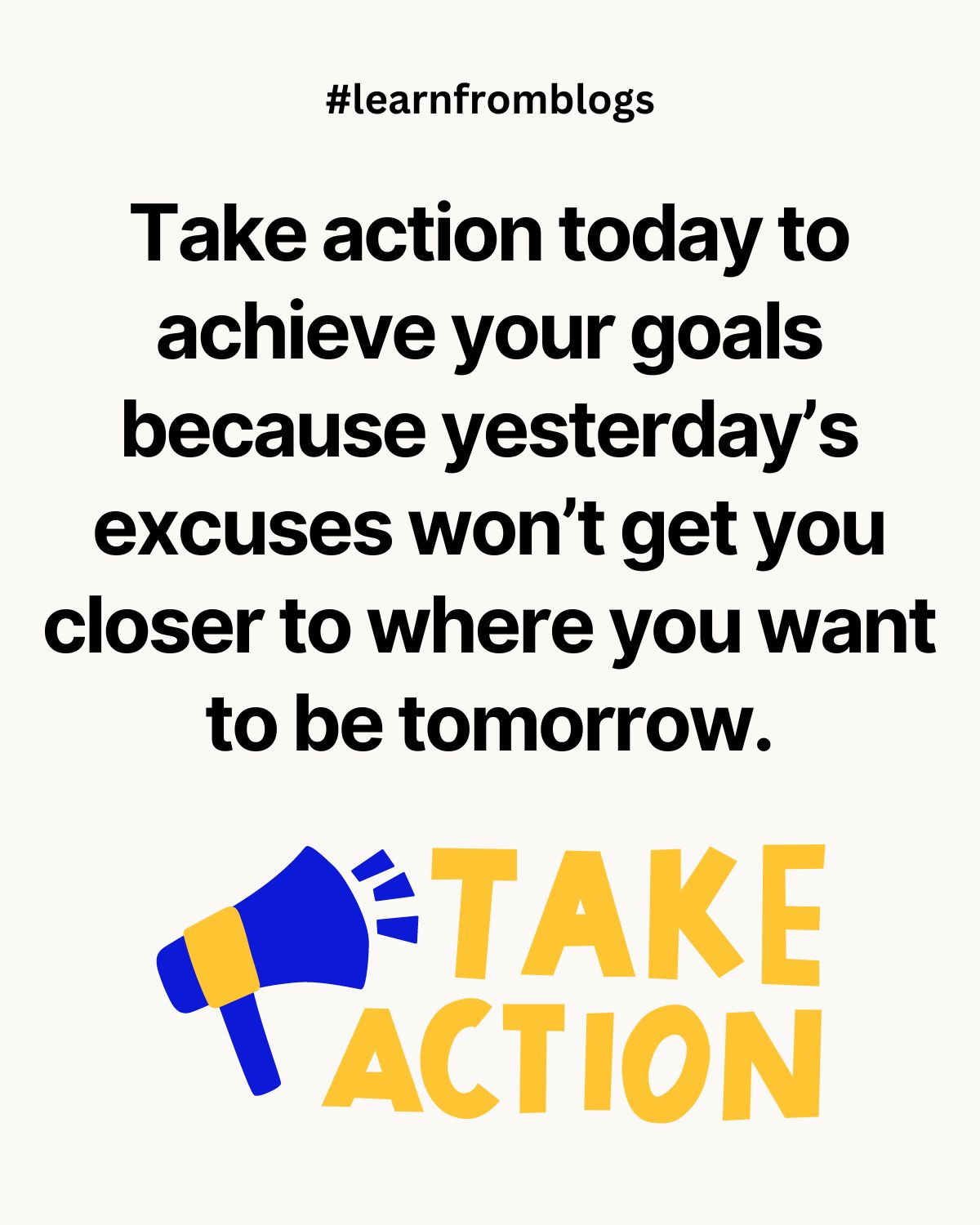
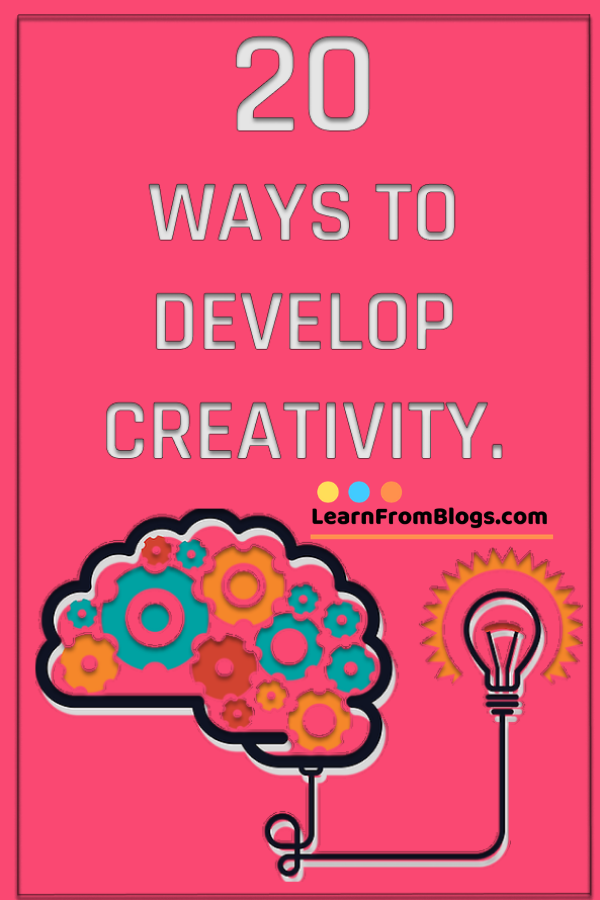
Creativity is about loosening the restrictions that you can know or unconsciously believe. Therefore, it is useful to start with what you know or believe.
Increased creativity can begin with relaxation and feelings of security. This can be done through:
1. Elaborating your work. You can incorporate more than one concept in a single piece of work.
2. Your work should be easy to explain.
3. Highlight the major points/techniques
4. Before proceeding, collect all the raw material you would require.
5. Explain your work as if the viewer is a layman
6. Regular exercise
7. 10 to 15 minutes meditation daily
8. Get ideas from reading books.
9. Problem re-framing (find multiple solutions)
10. Listening and empathy for end-users
11. Observation and research
12. Thinking like Lego (building blocks) or like a spider web (mind mapping) or a chart (a matrix)
13. Roleplaying (or for instance scenarios or perspective-taking)
14. Tell stories
15. Brainstorm that helps sort thinking and put it on paper
16. Reward your curiosity
17. Be willing to take risks
18. Build your confidence
19. Fight your fear of failure
20. Keep a creativity journal
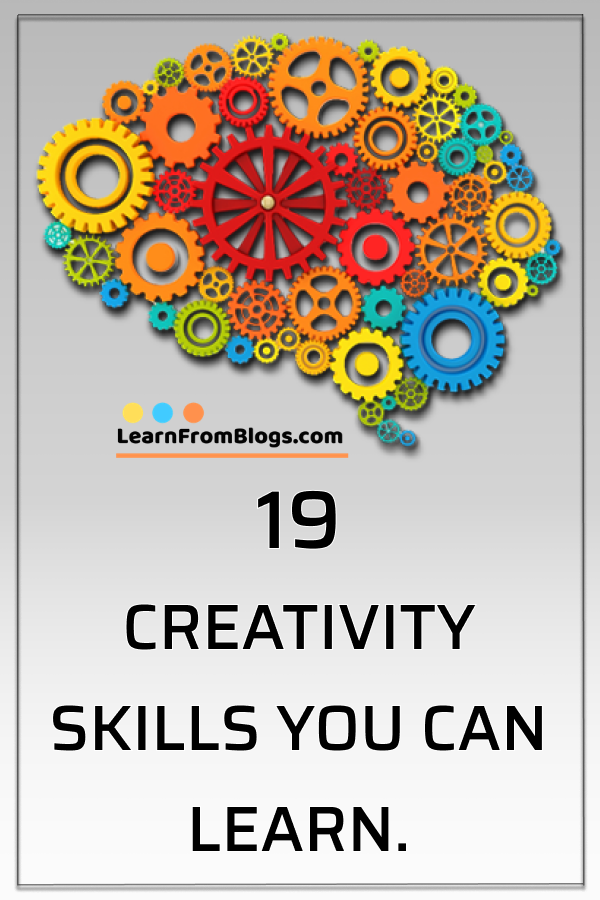
1. Create your own YouTube channel and make interesting videos
2. Learn the basics of Instagram or Facebook and post engaging posts
3. Learn graphic designing and create something unique templates
4. Learn to design handbags
5. Learn to do nail art
6. Learn to make paper flowers
7. Try travel photography
8. Learn more about robotics
9. Decorate cakes
10. Support the defense of another person
11. Learn more about carpentry
12. Register for different types of design classes
13. Improve your communication skills
14. Learn to write
15. Attend leadership training
16. Speak a new language
17. Basic home repairs
18. Learn to play chess or sudoku
19. Organize your home
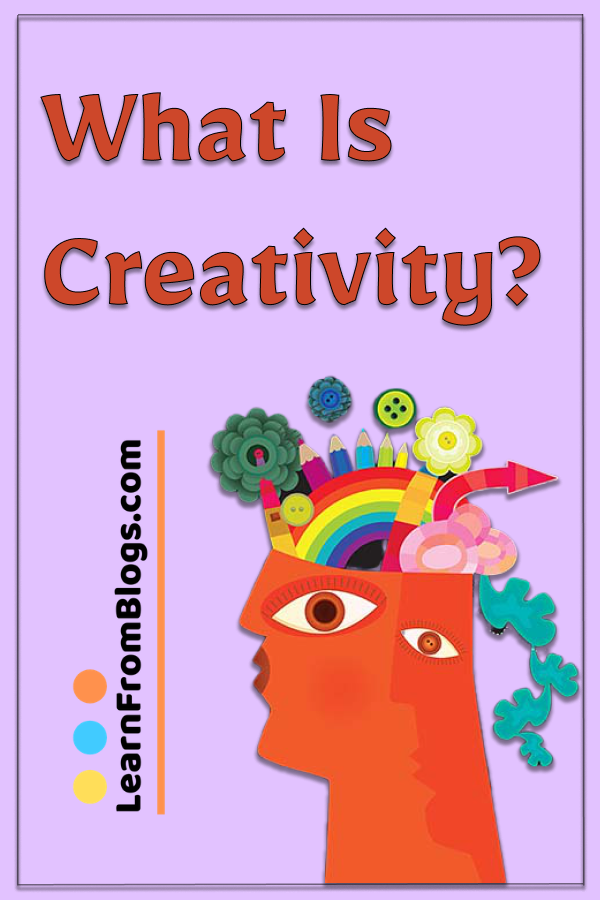
Creativity is the act of turning new and imaginative ideas into reality. Creativity is characterized by the ability to perceive the world in new ways, to find hidden patterns, to make connections between seemingly unrelated phenomena, and to generate solutions. Creativity involves two processes: thinking, then producing.
“Creativity is a combinatorial force: it’s our ability to tap into our ‘inner’ pool of resources – knowledge, insight, information, inspiration and all the fragments populating our minds – that we’ve accumulated over the years just by being present and alive and awake to the world and to combine them in extraordinary new ways.” — Maria Popova, Brainpickings
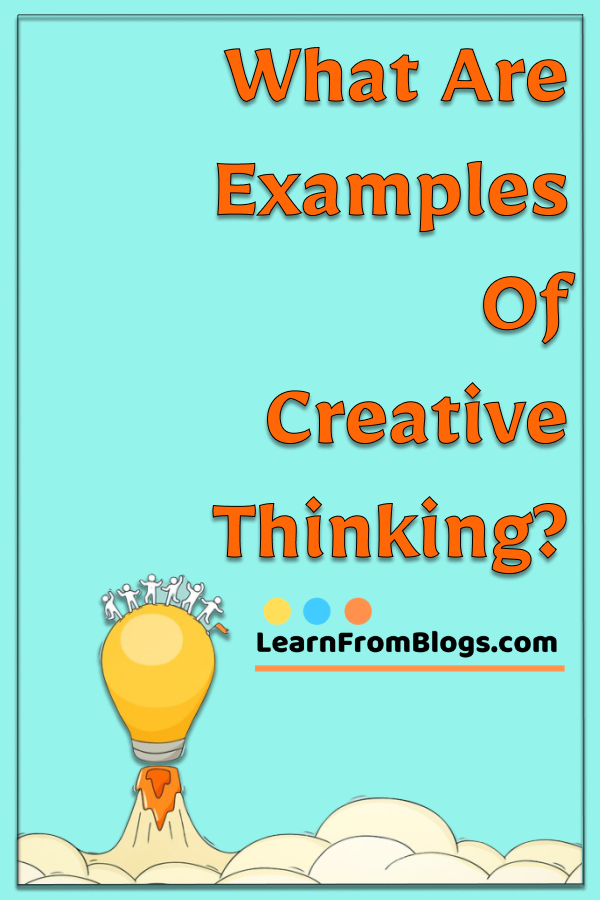
Opportunities for creative thought in the workplace vary from the obvious artistic position to the highly technical one. Generally, anything that involves an “Aha” moment is considered creative. Here are some examples of how to display creative thinking in different jobs.
Artistic Creativity
You don't have to be an artist for your work to have an artistic element. Perhaps you arrange retail displays for maximum impact or shape the path of an enticing hiking trail. Other artistically creative tasks might include designing logos, writing advertising copy, creating the packaging for a product, or drafting a phone script for a fundraising drive.
- Composing a new fundraising script for volunteers
- Composing dialogue for a television or radio commercial
- Creating an exam to test student knowledge
- Creating packaging for a product
- Designing a logo
- Devising a lesson plan that will engage students
- Proposing a new look for a clothing line
- Writing compelling copy for a print or online advertisement
